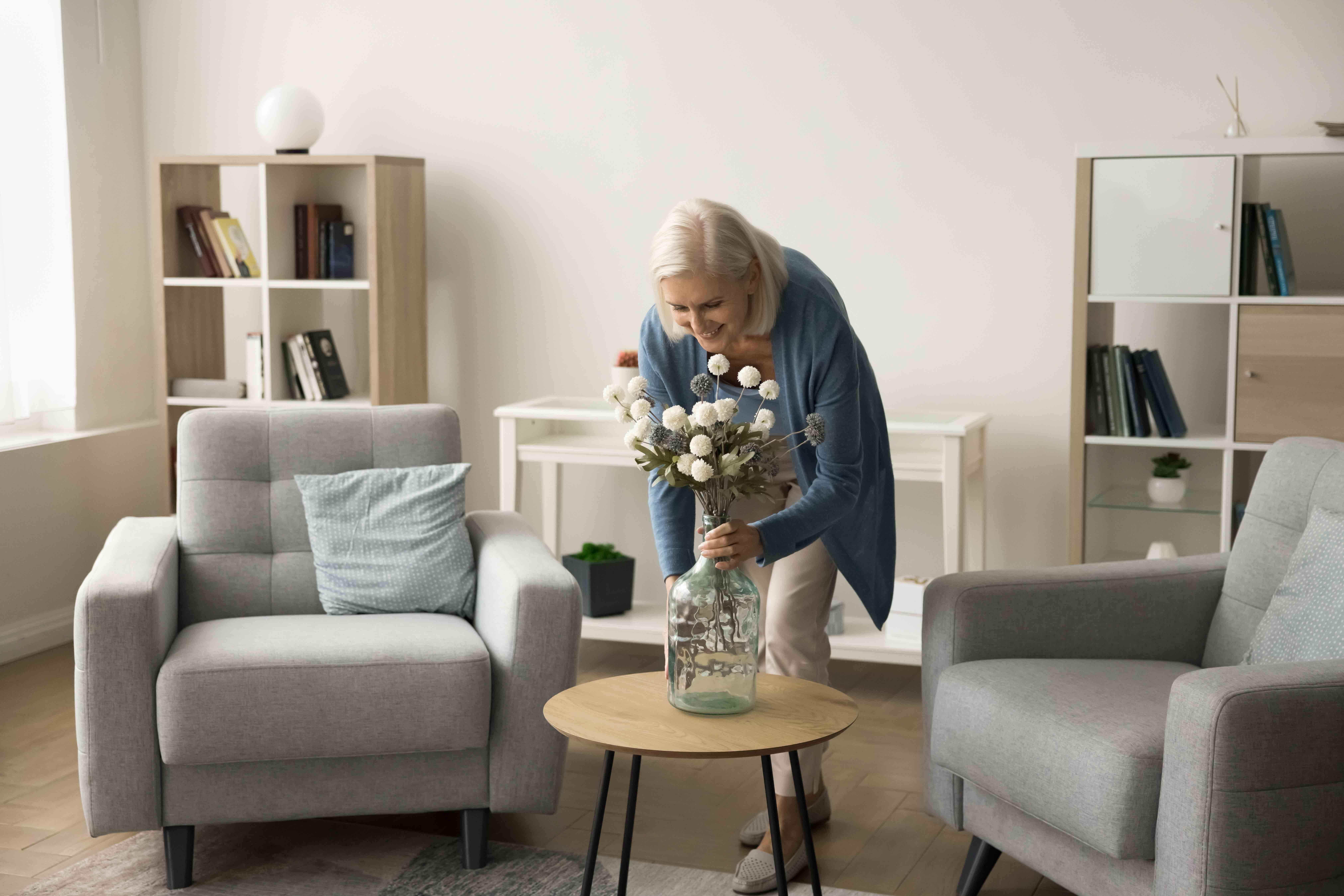How Minimalism Can Transform Your Life and Area for the Better
How Minimalism Can Transform Your Life and Area for the Better
Blog Article
Recognizing Minimalism: Approaches for Reducing Mess and Enhancing Clearness in Everyday Living
Minimalism is increasingly acknowledged as a feasible strategy to improving clearness and emphasis in today's messy world. By systematically assessing our properties and prioritizing intentionality, we can produce spaces that not only show our values however additionally advertise psychological wellness.
Defining Minimalism and Its Advantages
Specifying minimalism entails understanding it as a lifestyle option that stresses simpleness and intentionality in both day-to-day regimens and physical belongings. At its core, minimalism encourages people to prioritize what genuinely matters, permitting a more significant and focused presence. By removing the non-essential, minimalism welcomes individuals to engage deeply with their surroundings and experiences.
The benefits of embracing a minimalist strategy are multifaceted. To start with, it cultivates mental clarity, as reducing mess in one's atmosphere can lead to lowered disturbances and tension. People frequently report enhanced concentration and improved productivity when bordered by less belongings. Secondly, minimalism advertises monetary liberty; by prioritizing demands over desires, people can make even more enlightened acquiring choices, causing potential cost savings and lowered debt. In addition, a minimal lifestyle can produce emotional benefits, as it encourages people to cultivate appreciation for what they have instead of yearning for a lot more.
Inevitably, minimalism is not simply about worldly reduction but entails an all natural shift in viewpoint, cultivating a life characterized by function, equilibrium, and gratification. Embracing this lifestyle can lead to profound modifications in how people engage and regard with the globe around them.
Analyzing Your Current Mess
Mess often shows up as a frustrating accumulation of things that no longer serve a purpose, producing a barrier to attaining a minimal way of life. Take note of certain categories of items, such as clothes, books, or cookware, as this will aid you comprehend the scope of the mess.

Furthermore, take into consideration the regularity of usage for each thing. Inevitably, understanding your current clutter is an essential action toward accepting minimalism and improving clearness in your everyday living.

Practical Decluttering Strategies
Having assessed your current mess, the following step is to apply useful decluttering strategies that facilitate a more arranged living area. Minimalism. One efficient technique is the "Four-Box" technique, where you assign four boxes classified: keep, give away, trash, and relocate. This approach motivates fast decision-making and guarantees products are categorized suitably
An additional method is the "One in, One out" guideline, which specifies that for every single new thing gotten, an existing product has to be gotten rid of. This concept aids maintain balance and stops build-up gradually. In addition, think about the "30-Day Minimalism Game," where you remove one product on the initial day, two on the 2nd, etc, cumulatively cultivating a feeling of success.
For those that deal with emotional attachments to ownerships, the "Nostalgic Value" method can be useful. Limit yourself to a certain variety of treasured products, allowing you to value their value without overwhelming your space. Lastly, establish a regular decluttering schedule, whether monthly or seasonally, to keep a clutter-free atmosphere. By utilizing these techniques, you can create a much more reliable and peaceful space, eventually enhancing clarity in your everyday life.
Creating Deliberate Areas
Creating intentional areas involves a thoughtful approach to how we design and arrange our settings, making certain each location serves a specific purpose and mirrors our worths. This technique is essential in growing a sense of quality and function in our daily lives. By seriously analyzing the function of each space, we check that can get rid of distractions and enhance our total health.
To produce intentional rooms, start by recognizing the primary tasks that will take place in each location. A home office need to be designed to promote productivity, including aspects such as sufficient lights, comfy furniture, and very little diversions. In comparison, a relaxation location ought to advertise peace, featuring calming shades and comfy seating.
In addition, take into consideration the emotional effect of your environments (Minimalism). Integrating personal things that resonate with your worths, such as artwork or plants, can improve the link to your room. Routinely examine these atmospheres to ensure they proceed to offer their designated link purpose as your needs progress
Ultimately, developing deliberate areas has to do with making mindful options that line up with your way of life, advertising consistency and performance in your living and functioning environments.
Keeping a Minimalist Way Of Thinking
Embracing a minimalist attitude calls for continuous reflection and intentionality in our ideas and activities. Set apart time to review your dedications, belongings, and also digital material, guaranteeing they align with your core concepts.
This shift in viewpoint urges recognition for simpleness, improving total health. Including mindfulness methods, such as reflection or journaling, can additionally strengthen a minimal frame of mind by promoting quality and minimizing psychological clutter.
In addition, develop borders to secure your time and power. Learn to claim no to non-essential responsibilities and interruptions that do not add to your personal growth. Surround yourself with similar people that sustain your minimal trip, as shared worths can improve motivation and accountability.
Final Thought
In verdict, welcoming minimalism uses significant advantages, including lowered Minimalism mess and enhanced clarity in daily life. The principles of minimalism serve as useful devices for cultivating a setting that sustains personal development and health.

Additionally, think about the "30-Day Minimalism Video Game," where you get rid of one product on the first day, 2 on the 2nd, and so forth, cumulatively cultivating a feeling of achievement.
In conclusion, accepting minimalism offers considerable advantages, including decreased clutter and enhanced clearness in daily life.
Report this page